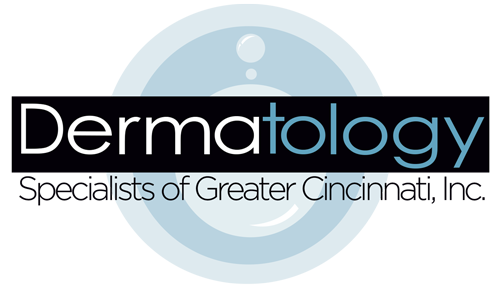Common Benign Growths of the Face and What You Can Do About Them!
Tiffany Pickup, MD - October 2024
There are numerous benign tumors that grow on the skin and often increase in number as we age. These often start in our 20s and continue to increase throughout our life. Many of them continue to grow despite how we take care of our skin due to genetic factors and skin type.
Patients are often alarmed by new growths especially if they increase in size and frequency.
1) Seborrheic Keratoses (SK): These are benign, often scaly or rough, growths that can occur anywhere on the body. They can be variable in color, shape and size, many growing to over 1cm. Patients are often concerned that they are cancerous and more likely than not concerned with their cosmetic appearance. They grow above the skin, so they are not able to be covered with makeup. There are several cosmetic procedures that can eliminate the growth and lead to a more desirable skin texture. These procedures include as simple as “freezing” a lesion with liquid nitrogen in clinic, using a hyfrecator to destroy the lesion, or if very large can be removed with a blade in the same manner as a biopsy. All the providers in our practice are trained to do these procedures and do them multiple times a day. Some “flat SKs” are often the “gift that keeps giving” due to continued sun exposure even if wearing sunscreen. They may often require peels or lasers every coupleof years to reduce their appearance and progression.
2) Sebaceous Gland Hyperplasia (SGH): These are benign, often skin colored, smooth papules that vary in size that occur on the face. Almost all adults will grow at least one. Some patients grow many and continue to grow more as they age, especially if they had oilier skin when they were younger. They can vary in size from 2-5mm and are often aesthetically unpleasing as they do not naturally resolve and can appear as blemishes. The best way to cosmetically treat these tumors is with fine tip cautery after applying a topical numbing cream. Large lesions could take more than one treatment, but many lesions improve or resolve with one treatment. This procedure is often repeated yearly or every few years since new lesions will often occur.
3) Angiomas: These are benign, red to violaceous vascular tumors that can appear anywhere on the body. They can grow on children and adults. In some people, they continue to grow new lesions as they age. They are easily cosmetically treated with either fine tip cautery if they are very small or a laser such as a VBEAM laser or KTP (Varilite) laser (if they occur on the lips).
Numerous other lesions such as skin tags, fibrous papules on the face and solar lentigo are also very common and have numerous cosmetic options for treatments.
Our board-certified team at Dermatology Specialists of Greater Cincinnati understand that dealing with benign growths on the skin can be frustrating and even embarrassing. We are experts at recommending what you can do to improve your rosacea!

